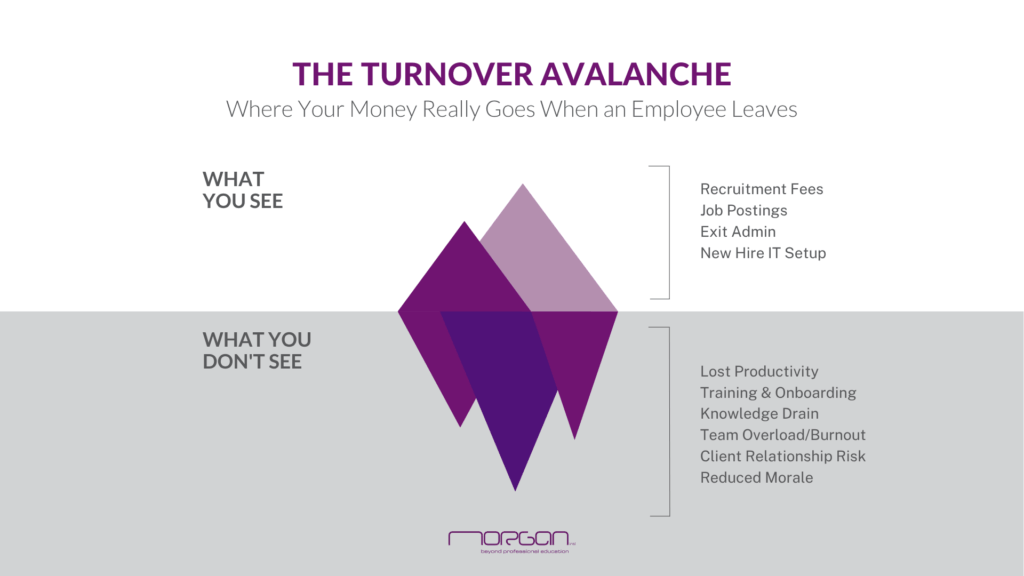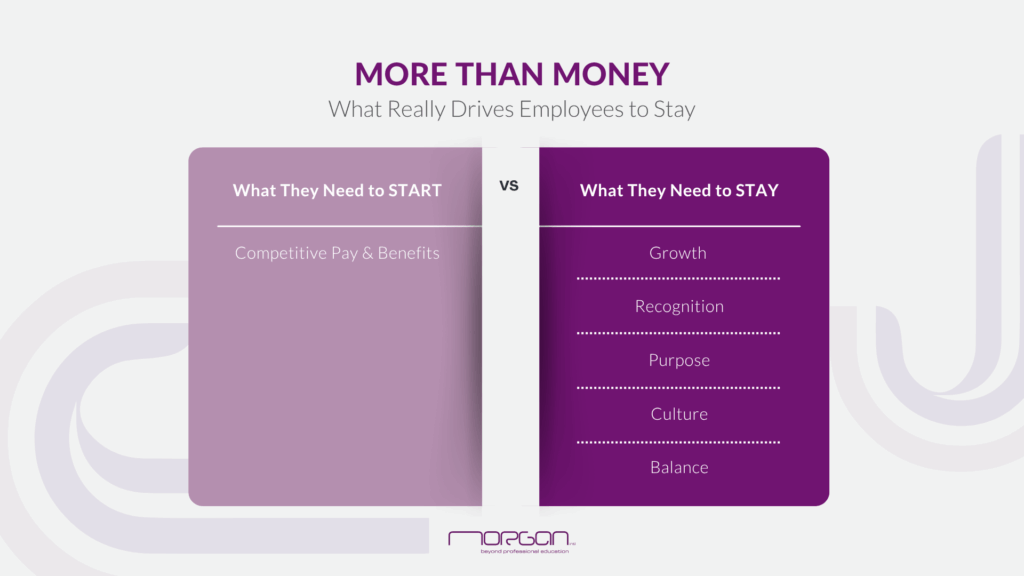This isn’t just a simple issue of low pay. This is a look at how the seemingly minor decision to hold back on consistent salary increases can create a powerful and hidden financial drain that impacts every part of a business.
There’s an old saying that goes, “A penny saved is a penny earned.”? Well, when it comes to how you pay people, that’s not entirely the case. Nowadays, a minimal approach to salary increases can seriously hurt your bottom line. When employees are constantly leaving because they feel underpaid, it’s a huge warning sign about the health of your company.
This isn’t just a simple issue of low pay. This is a look at how the seemingly minor decision to hold back on consistent salary increases can create a powerful and hidden financial drain, increasing the cost of employee turnover that impacts every part of a business.
The Hidden Costs of the Revolving Door
Replacing an employee is expensive. In fact, research shows it can cost anywhere from half to two times a person’s annual salary. That includes the obvious stuff, like job postings and agency fees. But don’t forget the less-obvious parts, like all the time your hiring managers and HR team spend just finding and interviewing potential people.
But those are just the numbers on the surface. The real damage comes from costs of employee turnover that are much harder to track. These include:
- Lost Productivity: Think about the time a position sits empty and the months it takes for a new hire to get up to speed. That’s a huge drain on your resources. During that time, your existing team often must pick up the extra work, which can lead to increased workloads and a higher risk of burnout.
- Knowledge Drain: Every time an employee walks out the door, they take invaluable institutional knowledge and expertise with them. That’s a huge loss that’s difficult and costly to replace. This can stall innovation, disrupt project timelines, and even hurt customer relationships, which can lead to a decline in service quality and a greater chance of customer churn.
The Turnover Avalanche

The Psychological Toll of Undervaluation
Underpaying an employee is not only about money. It’s often a direct reflection of feeling undervalued and unappreciated for their contributions.
That persistent feeling of being under-compensated can lead to a state of psychological distress that is often the first step toward leaving. This refers to:
- Resentment and demotivation, alongside disengagement, are sometimes called “quiet quitting,” where employees do the bare minimum required to get by, instead of contributing their best work.
- Burnout caused by heavy workload and undervaluation. This chronic stress can have mental and physical health consequences.
More Than Money: What Really Drives Employees to Stay

What stops the revolving door
Keeping the people you have is almost always more cost-effective than constantly replacing them. While competitive pay is the essential starting point for any retention strategy, it must be part of a bigger, more holistic approach that combines fair compensation with a focus on non-monetary drivers.
Research shows how important these other factors are when it comes to retention:
- Career Development Opportunities: Employees who see a clear path for growth and are given professional development opportunities are more engaged and have significantly higher retention rates.
- Recognition and Appreciation: Acknowledging and celebrating employee contributions is a powerful way to combat feelings of undervaluation.
- Positive Workplace Culture: Elements like open communication, trust, and a healthy work-life balance are critical for building a stable and engaged workforce.
Keeping close attention to these aspects can not only stop the financial bleeding but also ensure lower retention rates.
Food for Thought
What would a 10% increase in your employee retention rate be worth to your company’s bottom line? Now, consider the cost of losing your next top performer. Which number keeps you up at night?
#MorganIntl

